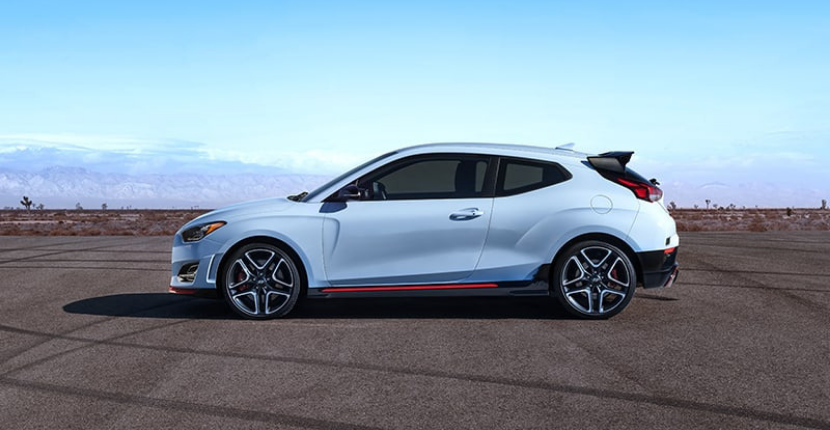Fully Autonomous Cars May Not Be Here Tomorrow, But Some Of Their Safety Features Are Already Here Today
From search and rescue drones to robots that can assist the elderly in nursing homes, the promise of autonomous technology seems to have finally leapt off the pages of science fiction and into reality, however fully autonomous cars that can navigate the streets on their own, though something that is likely to become part of the auto industry, may not become common within the next 10 to 15 years according to Thomas Schmid, the head of Hyundai operations in Europe.
“My personal belief is that autonomous driving might come, but by far not as quick as everyone says in 10 or 15 years,” said Schmid during an interview at the IAA auto show in September.
“Who is responsible for what? I’m not convinced until now that is a process which can be done in the next 10-15 years,” stated Schmid as he noted that autonomous technology would cause “huge, huge challenges for our legal systems.”
At the root of this problem is not whether an automobile can navigate or steer itself, as infrared laser, optical camera, and low power radar systems are already used by existing models to detect and avoid potential collisions, but rather which party would be responsible if an accident, even one not caused by the autonomous vehicle, did occur. There are also, as roboticists have noted, ethical questions that might arise when such a car is forced to choose between multiple undesired courses of action. Still, Schmid is “100% certain that this (technology) will be part of future products.”
In contrast, Bosch, the well known German electronic car part supplier, has concluded that ‘highway pilots’, which can take over all driving tasks and only occasionally need human intervention, will be ready by 2020, while fully integrated autopilot systems may be ready for regular consumer use by 2025. This is if, as Schmid notes, a legal framework for autonomous cars exists by then.
To a certain extent, however, the forebears of autonomous cars are already among us, even on the lot at Rosen Hyundai of Algonquin. The 2016 model of the new Hyundai Equus, for example, comes equipped with a revolutionary Smart Cruise Control (SCC) system that has start/stop functionality. While driving on cruise control, the SCC system uses a safe, low power radar to detect cars that may be on the road ahead of the Equus. As they change speeds or road conditions cause the Equus to close in on them, the SCC adjusts acceleration and braking so that a driver-selected safe distance between the two vehicles is maintained. If the preceding car suddenly stops, the SCC will automatically activate the brakes so that the Equus comes to a stop in a controlled fashion and at an appropriate distance. The end result is highway driving that is made more secure by reduced reaction times to sudden events and the avoidance of scenarios where drivers accidentally crowd each other.
The Blue Link® telematics system that’s standard on the 2016 Hyundai Equus, 2016 Hyundai Sonata, and several other models, including the 2016 Elantra Limited, also has autonomous features, though it does not control the automobile without human input. In the event of a collision, for instance, it will automatically alert first responders, while its diagnostic system automatically generates a monthly maintenance and performance report that can be emailed to the driver’s personal devices. Though not ‘robotic’ in the absolute sense, Blue Link® nevertheless takes over several tasks that were once manually done and, in so doing, makes life easier and safer for Hyundai drivers.
Ultimately, no matter when fully autonomous cars hit the road, the takeaway for the average driver is that partially autonomous systems that significantly boost safety and reliability already exist in cars that can be purchased from Rosen Hyundai today. To learn more about these and other features, call our sales professionals at 888-757-5628. They’re eager to discuss how these and other intriguing advances can make every family’s driving experience more rewarding.




